What marks the 'back' of your woodland garden?
grandmapoo
17 years ago
Related Stories
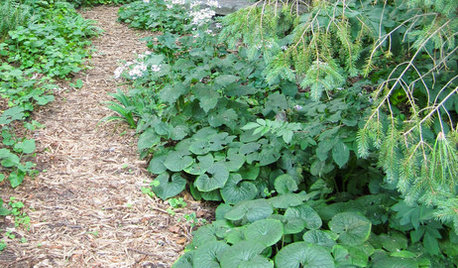
GROUND COVERSAsarum Canadense Adds Masses of Green to Woodland Gardens
Plant Canadian wild ginger in the eastern U.S. for a shade-loving native ground cover with spring flowers
Full Story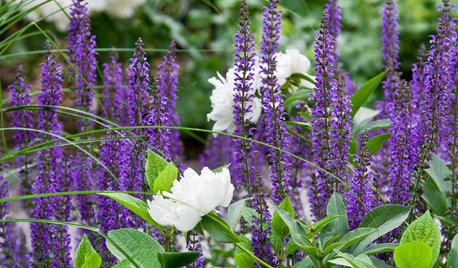
GARDENING AND LANDSCAPINGGarden Tour: Colorful, Serene Woodland Near Boston
Exuberant perennials, outdoor rooms and a surrounding woodland come together to create a beautiful landscape in Massachusetts
Full Story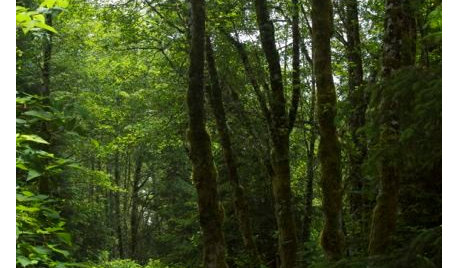
LANDSCAPE DESIGNLet Nature Inspire Your Landscape: Ideas for a Woodland Garden
Fill your senses with the magic of a wild forest-inspired garden — from shady understory plants to towering treetops
Full Story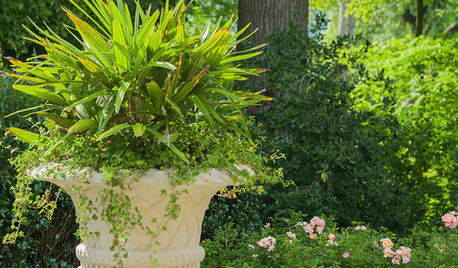
FLOWERS AND PLANTSNeedle Palm Brings Unique Texture to the Southern Woodland Garden
This sprawling, resilient palm can be used in many ways
Full Story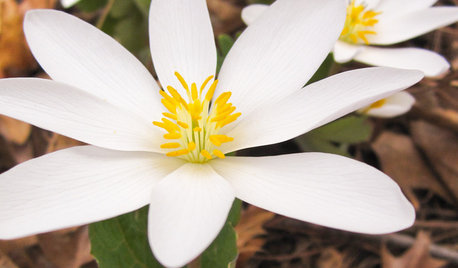
Great Design Plant: Sanguinaria Canadensis Lights the Spring Woodland
Bloodroot’s large, showy white flowers and attractive foliage brighten eastern woodland gardens in early spring
Full Story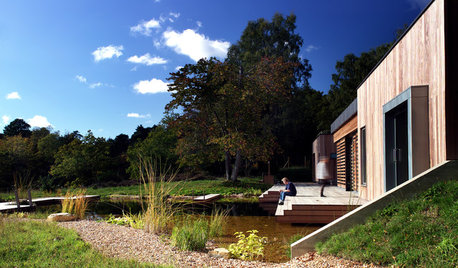
MODERN HOMESHouzz Tour: Nature and Efficiency Inspire a Woodland Home
This English design plays up simplicity, natural light and its spectacular forest setting
Full Story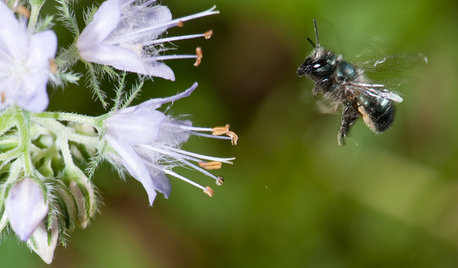
NATIVE PLANTSGreat Design Plant: Hydrophyllum Virginianum
This reliable, shade-tolerant native plant provides spotted foliage and clusters of pink flowers in eastern U.S. woodland and shade gardens
Full Story
GARDENING GUIDESGreat Design Plant: Stachys Officinalis ‘Hummelo’
The adaptable ‘Hummelo’ betony adds jolts of color to a sunny border or woodland edge
Full Story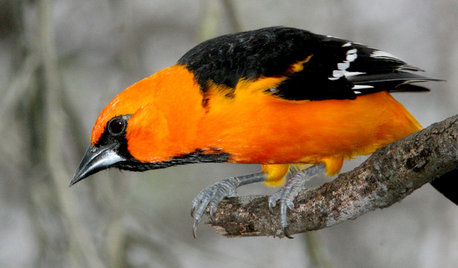
GARDENING GUIDESBackyard Birds: Orioles Return After Spending Winter in the Tropics
These colorful songbirds prefer woodlands and forest edges, but they’ll visit yards with fruit-producing trees and shrubs
Full Story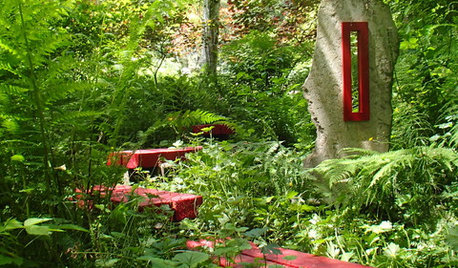
LANDSCAPE DESIGNCreate a Garden That Tells a Story
Take design cues from punctuation marks for a garden with order and intrigue
Full Story






ladyslppr
grandmapooOriginal Author
Related Professionals
Wilmington Landscape Contractors · Fruit Heights Landscape Contractors · Hilo Landscape Contractors · Lantana Landscape Contractors · Manhattan Landscape Contractors · Mashpee Landscape Contractors · Mequon Landscape Contractors · Pleasant Grove Landscape Contractors · Pompton Lakes Landscape Contractors · Rockville Landscape Contractors · Westchester Landscape Contractors · Coram Fence Contractors · Dale City Siding & Exteriors · Lombard Siding & Exteriors · San Jacinto Siding & Exteriorschelone
isabella__MA
grandmapooOriginal Author
joepyeweed
grandmapooOriginal Author
ahughes798
joepyeweed
grandmapooOriginal Author
joepyeweed
grandmapooOriginal Author
Barbaraga
chelone
grandmapooOriginal Author
ahughes798
grandmapooOriginal Author
Barbaraga
ahughes798
grandmapooOriginal Author
arcy_gw
grandmapooOriginal Author
jgwoodard
florey
arcy_gw